Paia Double Skin Parawing
The double skin Paia parawing is optimized to achieve parawinging’s full flight performance potential. Its forward-driving drift redefines comfort, range, depower, and upwind effectiveness, while still being able to retract and deploy.
DESCRIPTION
- Double-skin design
- Fully open leading and trailing edge
- Optimized for riding comfort, effective depower, upwind efficiency, and greater range
- Durable lightweight canopy
- 28.5 cm carbon bar
- Sheathed lines optimized for strength and to minimize tangling
- Color coded front lines and canopy accents for easy identification
- Item includes parawing, parawing bag, and duffel bag
WEIGHT
3.1M: 571 grams / 1.3 pounds 3.8M: 669 grams / 1.5 pounds 4.5M: 753 grams / 1.7 pounds 5.3M: 850 grams / 1.9 pounds 6.1M: 947 grams / 2.1 pounds
PARAWING WIND RANGE GUIDE
The double skin Paia has a significantly broader comfortable range compared to single skin parawings. To achieve the same low end as a single skin and for ease of getting up on foil, it is necessary to size up in the Paia.
Due to the nature of its double skin design, the Paia is optimized to perform at a lower angle of attack. To adjust for this, it’s recommended to select one size larger, as illustrated above. Riding comfortably at this higher power level makes the Paia less sensitive to board and foil pairing than the following descriptions that relate more directly to single skin parawings.
We would love to be able to define wind ranges in quantifiable absolutes. However, as we elaborate below, it’s not possible to offer any one wind range that is reasonably accurate for any two riders.
In our best effort to offer our best possible assistance to riders seeking to select a parawing size, we provide the below illustration as one possible example of Greg’s wind range, on specific gear, at a specific time and location, and for one specific segment of his riding. The following descriptions from Greg are comparisons intended to be tools that you can use to calibrate for your individual, current riding variables.
Rider Size
I’m around 170 pounds (~77 kg).
Riders around 50 pounds (~23 kg) lighter might ride one size smaller parawing.
Riders around 50 pounds heavier might ride one size larger parawing.
Parawing Riding Experience
I have thousands of sessions on foil, hundreds of them with a parawing.
Riders with less experience on foil and/or with a parawing might ride one to two sizes larger.
Board Efficiency
Extremely unlike inflatable wings, where pumping the wing is a large contributor to take-off threshold, with a parawing, it is largely the rider’s ability to pump the board that defines the low end, and total size, of parawing riding range.
The importance of board and technique to parawing range can’t be overstated. To maximize my range, and to enjoy riding at a power level as light as possible, I normally ride a highly efficient board (super light, 6’ x 19”, 90 liters).
Differences in board efficiency can be difficult or impossible to quantify. I’ve ridden other, nearly identical boards (i.e., same length, width, and volume) that do not perform as efficiently, where I might loose 10-25% of my ideal range.
I’m so particular about board performance, that if it’s not highly efficient, I experience most all other boards as some range of low efficiency. On these, my average water-start threshold might be around the middle of my ideal power riding level range, resulting in, depending on riding application, possibly losing half of my ideal riding range. When riding a board of lower efficiency, I’ll normally ride one, sometimes two, parawing sizes larger.
Recent progression in board design can make a modern, lower volume “longer/narrower” design (such as a 5’6” x 18.5” board at 50 liters), possibly at an equal level of water-start efficiency as higher volume “shorter/wider” boards designed differently for an inflatable wing (such as a 4’10” x 23” at 70 liters). Riding a parawing on boards designed for riding an inflatable wing can explain why some riders have experienced very small riding range on parawings, especially on first-generation parawing designs with limited stability.
With the massive gains in stability on our second generation of parawings, it’s now possible to ride at far higher power levels, opening up riding nearly any size of board. If riding a tiny, nearly neutrally buoyant board of effectively zero efficiency, I may need to ride extremely powered-up on a parawing three sizes larger. Being this lit-up, I’ll use the parawing only to launch onto foil, and then want to stow it away as very fast as possible as I send into a downwinder. Here on Maui, riding such a tiny board so far off shore doesn’t yet make much sense for my daily downwinding, but I’ll for sure be checking that out in the Gorge this summer!
Foil Efficiency
To maximize my range and to enjoy riding at a power level as light as possible, I normally ride a 1080 foil with effective takeoff lift.
Riders on lower lift foils might ride one size larger parawing.
Discrepancies in Wind Reading
Even within a one mile stretch of the north shore of Maui, riders don’t agree on what the wind speed is. Speed reads differently depending exactly how and where it’s being measured, and readings at different locations fluctuate in different wind directions. Expand this to larger scales and there is no common language for any wind speed. We’ve done our best to present as accurately as we can based on our years of experience.
Riding Application
The chart provided above represents my riding, on a highly efficient board, for surfing and general cruising, where I most enjoy a feeling in the bar that’s as light and comfortable as possible.
When my riding goal is instead for upwind/downwind riding, I select +1 size larger to ride with a bit more power for higher upwind angles.
When my riding application is for downwinding, I also normally select +1 size larger for range security in case the wind is lighter at any portion of my run.
Comparisons of Low End Power, High End Stability, and Total Range Size The low end range of the original Maliko was aided by relatively longer lines and open arc shape, yet hindered by indirect power delivery. Its upper range was limited by the bar system’s lack of trim control, leading to wing instability.
The Maliko 2 has an even more open arc shape and comparatively longer lines, especially into the smaller sizes, extending its low end range. It has fewer panels and lines, limiting stability and upper range, but increasing its pack/stow performance.
The Ka’a and Kanaha have considerably shorter lines, leaning their range toward increased upper range stability with lesser low end power. The reduction in their low end range from their shorter line length is offset to reach similar low end by their direct power delivery, especially effective in increasing wind speed and into the smaller parawing sizes.
In comparing the Ka’a and Kanaha, they share the majority of performance characteristics. Performance differences are relatively subtile. The Ka’a has a slightly lower aspect ratio leaning its performance toward low end power and maneuverable handling. The Kanaha has a slightly higher aspect ratio leaning its performance toward high end stability and higher upwind performance.
The Paia requires different piloting techniques from a single skin. We highly recommend watching these tips prior to your first session.
CHARACTERISTICS OF THE PAIA DOUBLE SKIN
PARAWING FAQs
DOES THE PAIA WATER LAUNCH? Water can enter the Paia’s cells, however, the entire leading and trailing edges are fully open to allow unobstructed water exit, giving the Paia water launch similar to a single skin, but at a slower pace.
IS IT DIFFICULT TO GET THE AIR OUT OF THE PAIA (TO STOW)? The effectiveness and technique to air out of the Paia is similar to a single skin thanks to the entirely open leading and trailing edges allowing rapid air exit.
IS A DOUBLE SKIN MORE DIFFICULT TO LEARN? Different is more descriptive than difficult. Just as single skin parawings are suited with handling technique adjustments different from inflatable wings, the Paia double skin is suited with adjustments in handling technique different from a single skin. Please see descriptions in our riding tips.
DOES THE PAIA FIT IN THE STOW BELT? The Paia fits in the stow belt, however, not nearly as quickly or easily as a single skin, especially in the larger sizes.
ARE THE PAIA LINES LONG? As with all BRM parawings, the Paia’s lines are within an arm’s reach. The Paia’s line length is similar to the original Maliko, not as super short as our second generation single skins, with an emphasis on flight performance over retract ease.
WHICH OF THE THREE SINGLE SKIN MODELS IS MOST LIKE THE ORIGINAL MALIKO? From a performance perspective, all new models share updates making the performance of the three more similar to each other than to the original Maliko. From a riding application perspective, the Ka’a is the most similar due to the flight character of its aspect ratio and the stow/deploy of its line length. The Kanaha’s performance is quite similar to the Ka’a. The Maliko 2 has performance more specialized for “single-stow” downwinding.
CAN I GO UPWIND? Absolutely. Parawings share design DNA with Olympic class parafoil kite racing at the highest possible upwind performance. Upwind angle on a parawing varies by individual technique, conditions, and equipment pairing. Most riders will find higher upwind angles easier with the performance updates on our second generation of parawings. Upwind effectiveness is the performance priority of our Kanaha model parawing.
CAN I RIDE A PARAWING WITH A HARNESS? Yes, a harness can offer great performance options. Parawinging has specific new performance challenges, which we’ve put a lot of development into solving with our harness lines, hooks, and belts.
CAN I USE MY SMALL WINGBOARD? Yes, we test our parawings on the full spectrum of board sizes, from itty-bitty pump boards to full size DW boards. A board’s efficiency level has a massive influence on a parawing riding experience, including the power required to get on foil. The greater the board’s efficiency, the greater the range in riding conditions. The balance in efficiency vs. performance of mid-length boards is a great choice for many parawing riders.
DOES THE PARAWING FLOAT? Our designs target neutral bouncy so that, when released, the parawing temporarily parks in position on the water’s surface. Performance varies by environment.
WHY IS IT CALLED A PARAWING? Our initial development was seeking to progress the performance of our wingfoiling inflatable wings. Our prototyping included inflatable kite designs prior to evolving to designs crossing over from paraglider and parafoil kites. The term “parawing” has existed for over 75 years. We adopted use of this terminology for the new riding category defined by the launch of our BRM Maliko in August of 2024 because we felt that its perfectly descriptive of our newly applied use of parafoil design to the sport of wingfoiling.
Back to PARAWINGS
Only logged in customers who have purchased this product may leave a review.
SHIPPING WITH BIG WINDS
Rates, Common Questions, and Our Fastest,
Safest, Money Saving Board Delivery Ever!
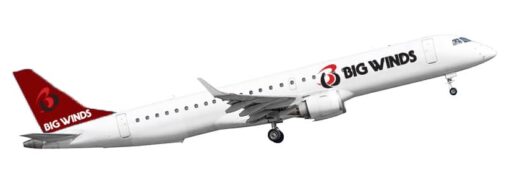
U.S. SHIPPING RATES
Rates apply to mainland U.S.
Transit time calculated in business days.
| ITEM/ORDER | 7-10 Days | 3-6 Days | Need It Quicker? | |||
|---|---|---|---|---|---|---|
| Orders Less Than $100 | $15.00 | $24.99 | By Quote | |||
| Most Orders of $100 or More | Free | $24.99 | By Quote | |||
| EXCEPTIONS | ||||||
| All Used Gear (U.S. Only) | Shipping Rate is Cited on Product Pages | |||||
| Wing Foil Boards | $99 to Nearby Major Airport Freight Facility | |||||
| Downwind SUP Foil Boards | $99 to Nearby Major Airport Freight Facility | |||||
| Windsurf & Wsurf Foil Boards (10' and Under) | $99 to Nearby Major Airport Freight Facility | |||||
| Inflatable Boards (SUP & Wing) | $50 | $75 | By Quote | |||
| Directional Kitesurf & Kite Foil Boards | $50 | $75 | By Quote | |||
| SUP Paddles | $35 | $50 | By Quote | |||
| Board Bag: Flat Day Bags | $35 | $50 | By Quote | |||
| Board Bags: Wheeled/Walled Bags | $65 | $99 | By Quote | |||
| Windsurf Sails 7.0 meter or Larger | By Quote | |||||
| Windsurf Masts 460 cm or Longer | By Quote | |||||
| Alloy Windsurfing Booms 150 cm or Larger | $35 | $50 | By Quote | |||
COMMON QUESTIONS
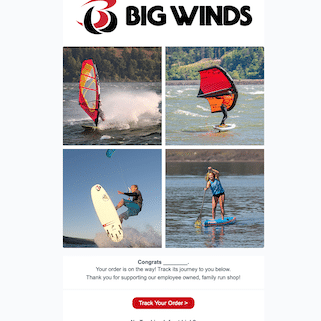
Where's My Order's Tracking Link?
Tracking info is shared via email within 72 hours of most orders being placed. Be sure to check spam or "Promotions" folder in your Inbox, as sometimes our messages land there.
No Tracking Info Displays on Shipper's Website ...
It can take 48 hours for tracking info to display. Rest assured, your package is en route. Make sure to enter the BOL # (Bill of Lading) with no spaces in the tracking field.
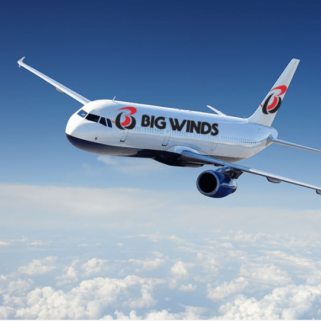
Alaska, Hawaii, Puerto Rico?
Yes, we have shipped to these locations for decades by quote. Please share your address, the item(s) you needed shipped, and if an airport cargo depot pickup is possible.
Canada and International Locations?
We ship to Canada lots, and the Caribbean some. Get a quote. We rarely ship items to Europe, Asia, and Australia as it's spendy. Quotes for international orders do not include import duties.
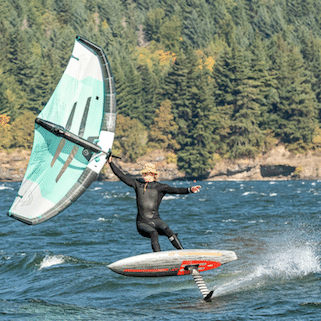
How Can I Be Sure My Board Arrives Intact?
Opt for our $99 "To Nearby Airport" shipping option at checkout. It relies on passenger planes, and offers our safest delivery. More far below.
What if My Board Arrives Damaged?
We'll work with our shipping partner to get you a repair credit or a replacement board. Please send photos of the damaged board (and box) to shipping@bigwinds.com.
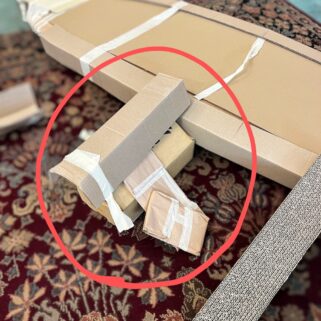
My board made it ...
But no foot straps, fins, or vent plug?
Look closely through the packaging. Fins, foot straps and vent plugs are often concealed in a sheath of cardboard that's easy to discard. Also, check inside the board box, and shake the box to be sure. You'll likely dislodge a small box containing the missing items.
HOW WE SHIP BOARDS
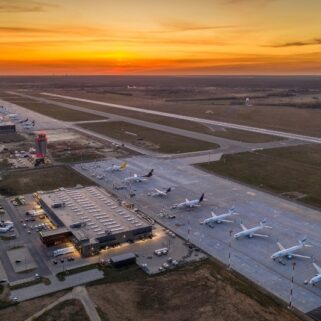
OPTION 1
MAINLAND U.S.
NEARBY MAJOR AIRPORT, $99
Fast
Boards depart Thursday each week, and are available for pickup Friday or over the weekend.
Safe
Minimal handling, and processing. No trucks, or gritty freight facilities. We ship using passenger planes, and direct flights when possible.
Easy
Most airport cargo depots are just far enough from main terminals to allow free parking, and easy entry. Pickup instructions and tracking info are shared via email Friday morning.
Which Major Airport is Near Me?
This link to Alaska Airlines’ options is a starting point. If no nearby options exist, we'll work with American, United and Delta airlines for a closer solution. Questions? Contact us!
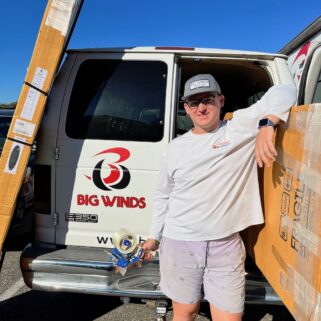
OPTION 2
ALASKA, HAWAII, PUERTO RICO
NEARBY MAJOR AIRPORT, $150
Fast
Boards depart Thursday each week, and are available for pickup Friday or over the weekend.
Safe
Minimal handling, and processing. No trucks, or gritty freight facilities. We ship using passenger planes, and direct flights when possible.
Easy
Most airport cargo depots are just far enough from main terminals to allow free parking, and easy entry. Pickup instructions and tracking info are shared via email Friday morning.
Which Major Airport is Near Me?
This link to Alaska Airlines’ options is a starting point. If no nearby options exist, we'll work with American, United and Delta airlines for a closer solution. Questions? Contact us!

OPTION 3
BUSINESS OR RESIDENTIAL DELIVERY
BY QUOTE
Residential or Business Board Delivery
We'll work with freight partners for the lowest possible rate. Delivery time is 7-10 business days. Quotes typically land in the $350 - $500 range, though Big Winds will often cover a portion of this fee. Get a quote.
International Board Delivery
Board shipping rates for most international destinations are extremely pricey. But we can ship boards to Canada for as low as $275 plus duties and taxes. We can also stow your board for an upcoming Gorge visit, and help with a board bag and packing materials to ensure it flies home with you safely.


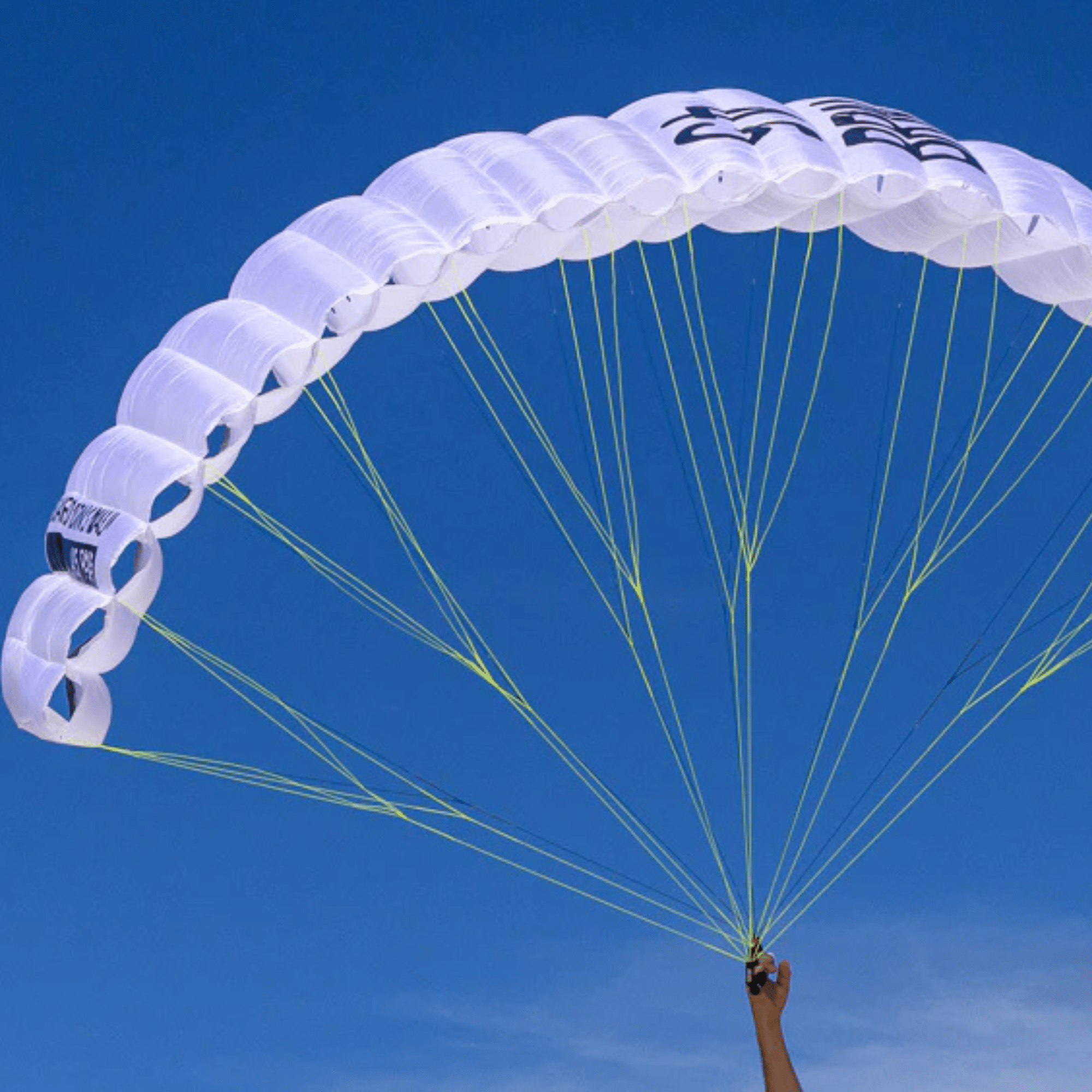
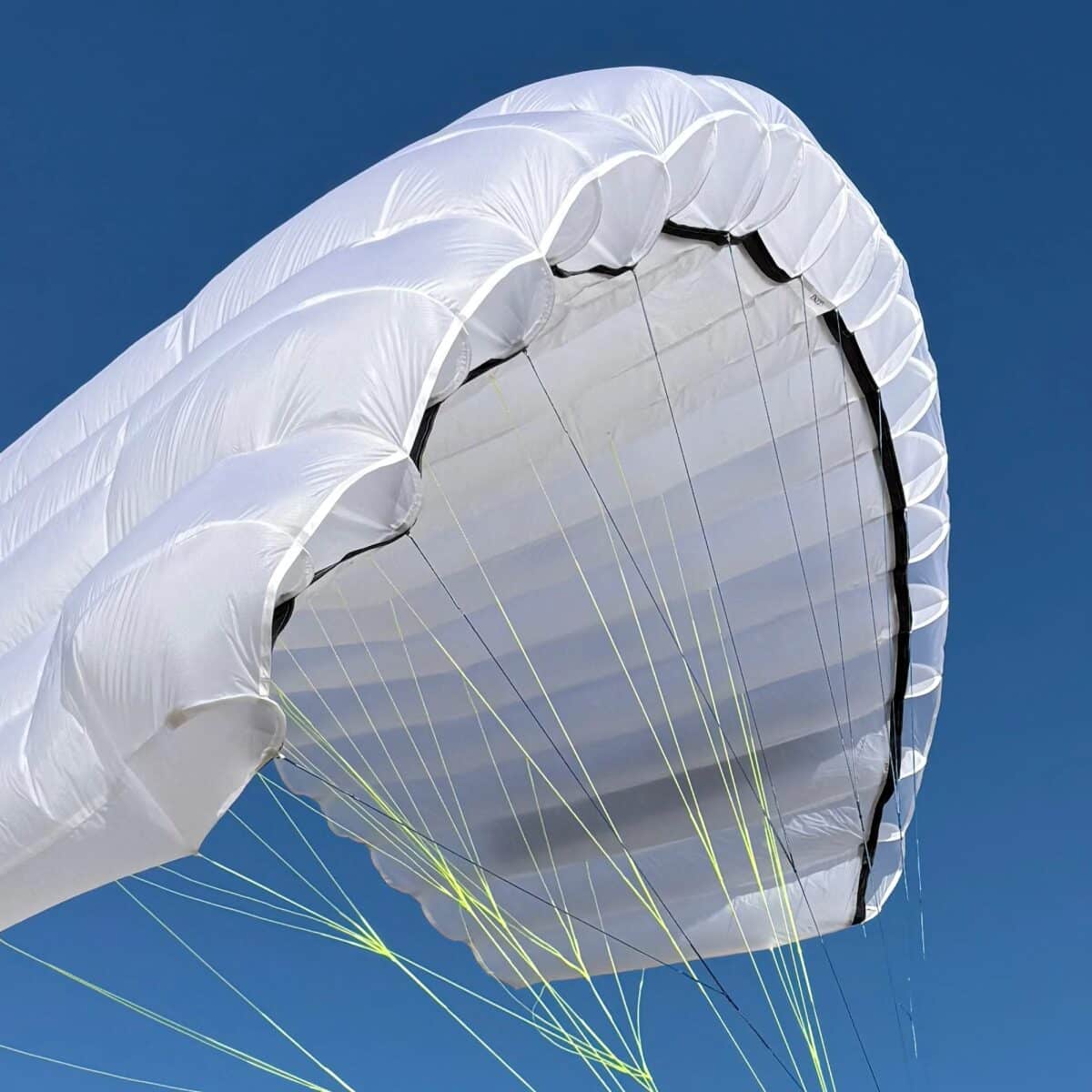
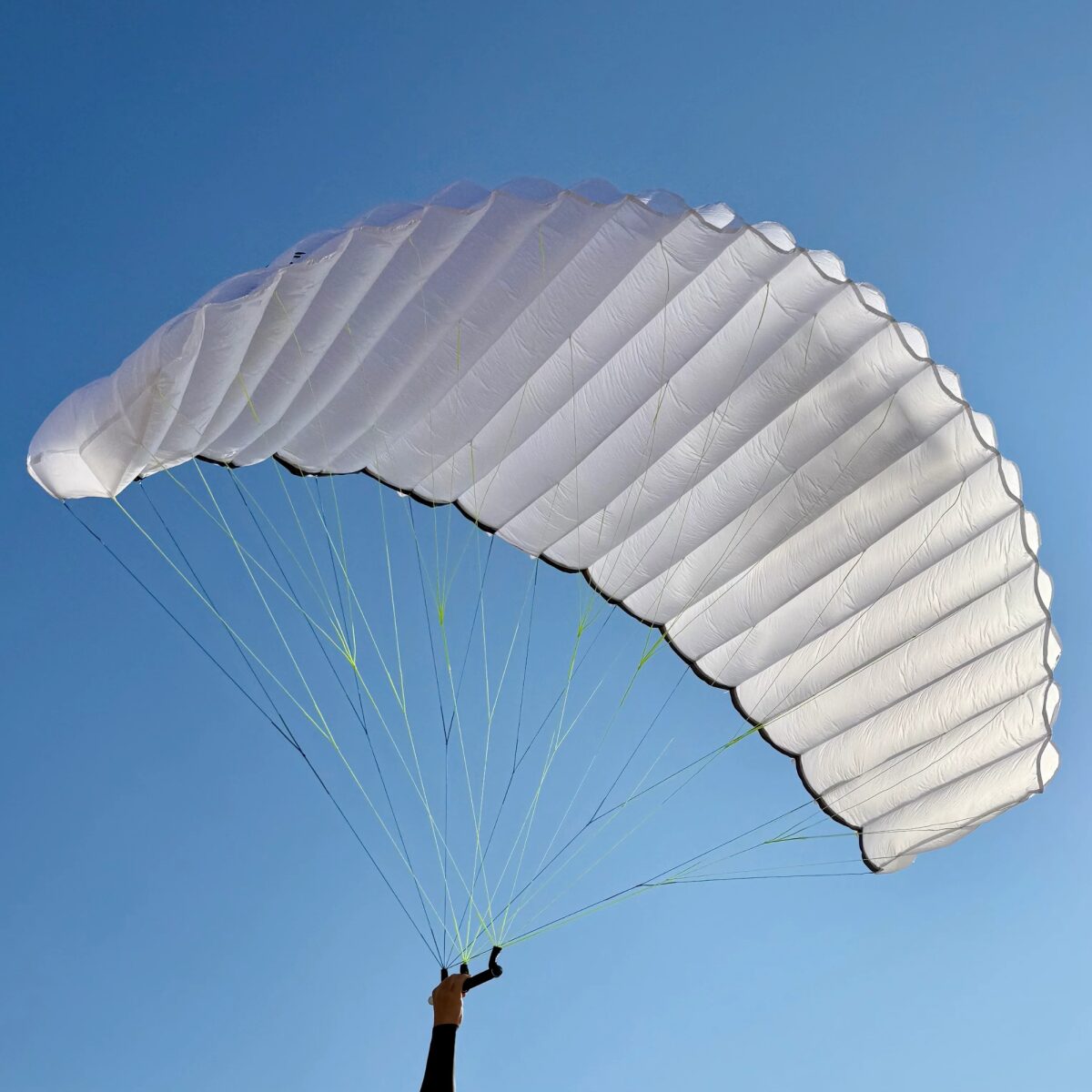
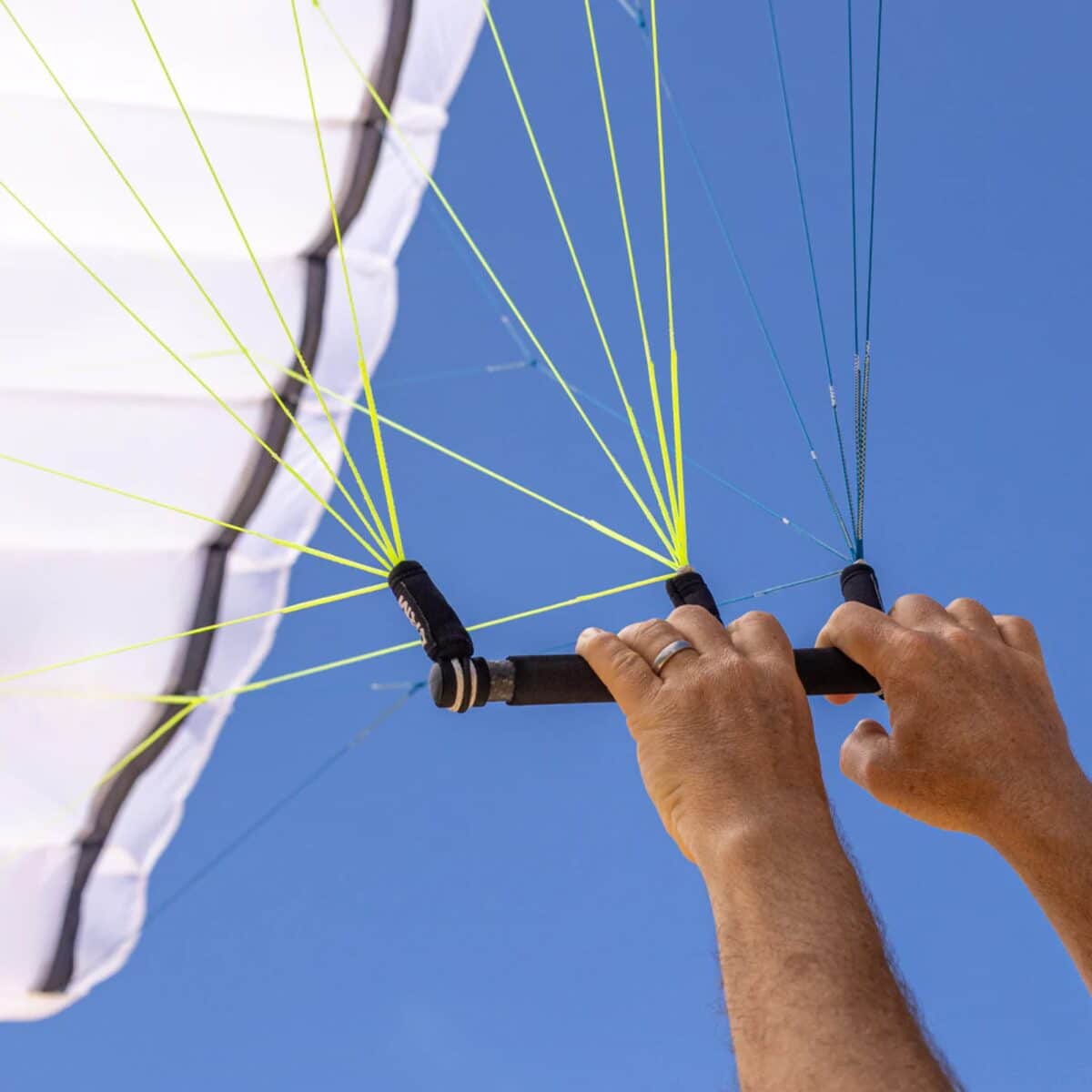
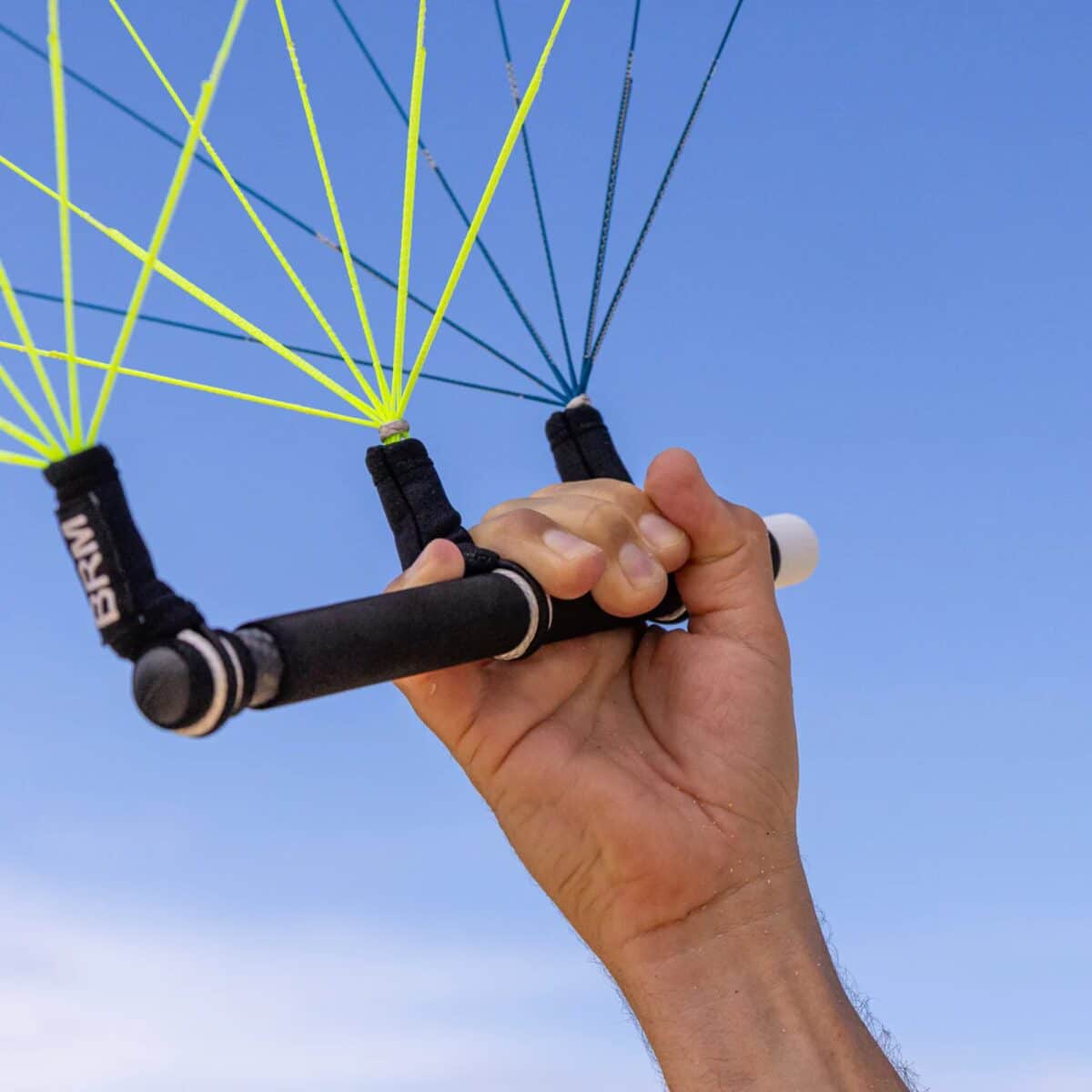
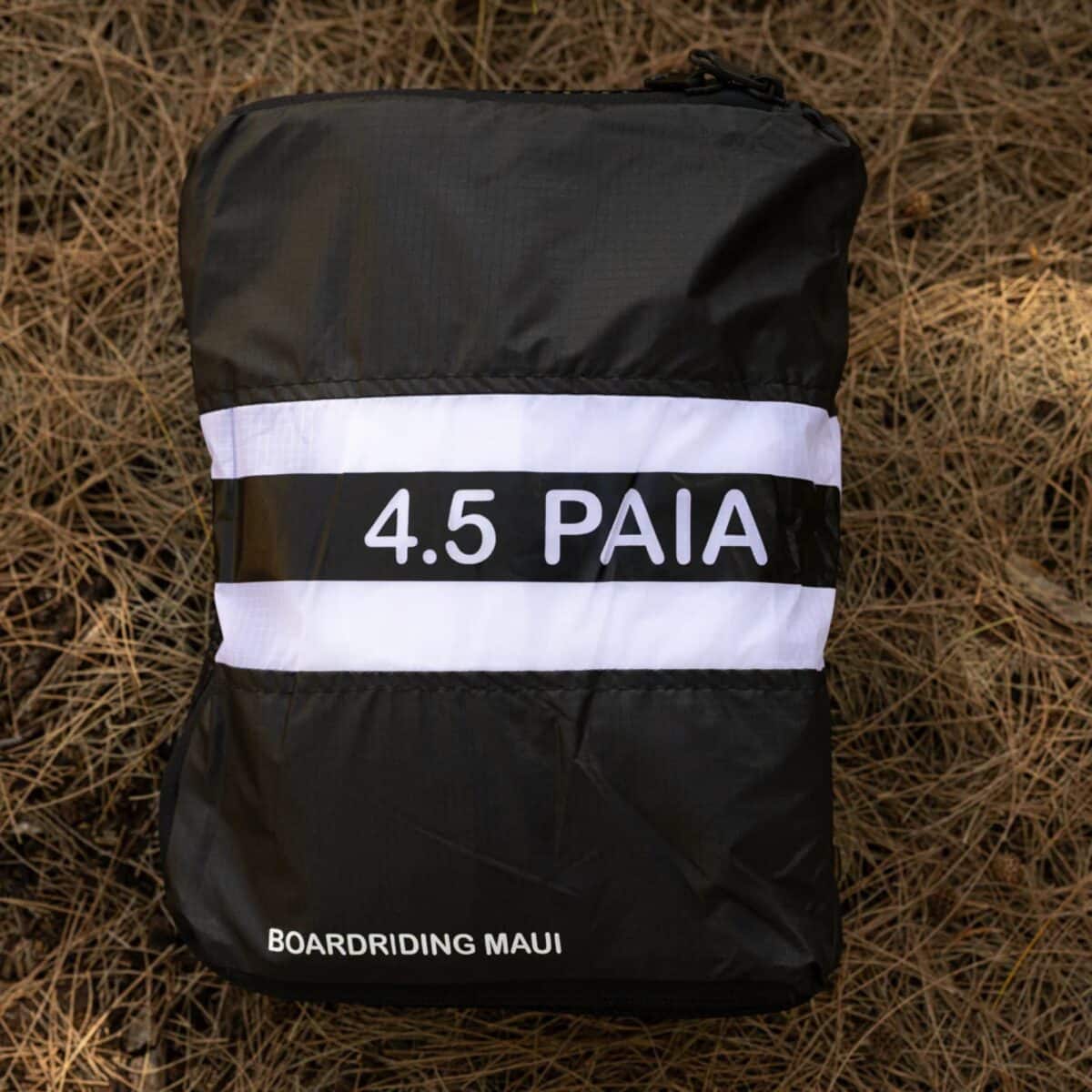
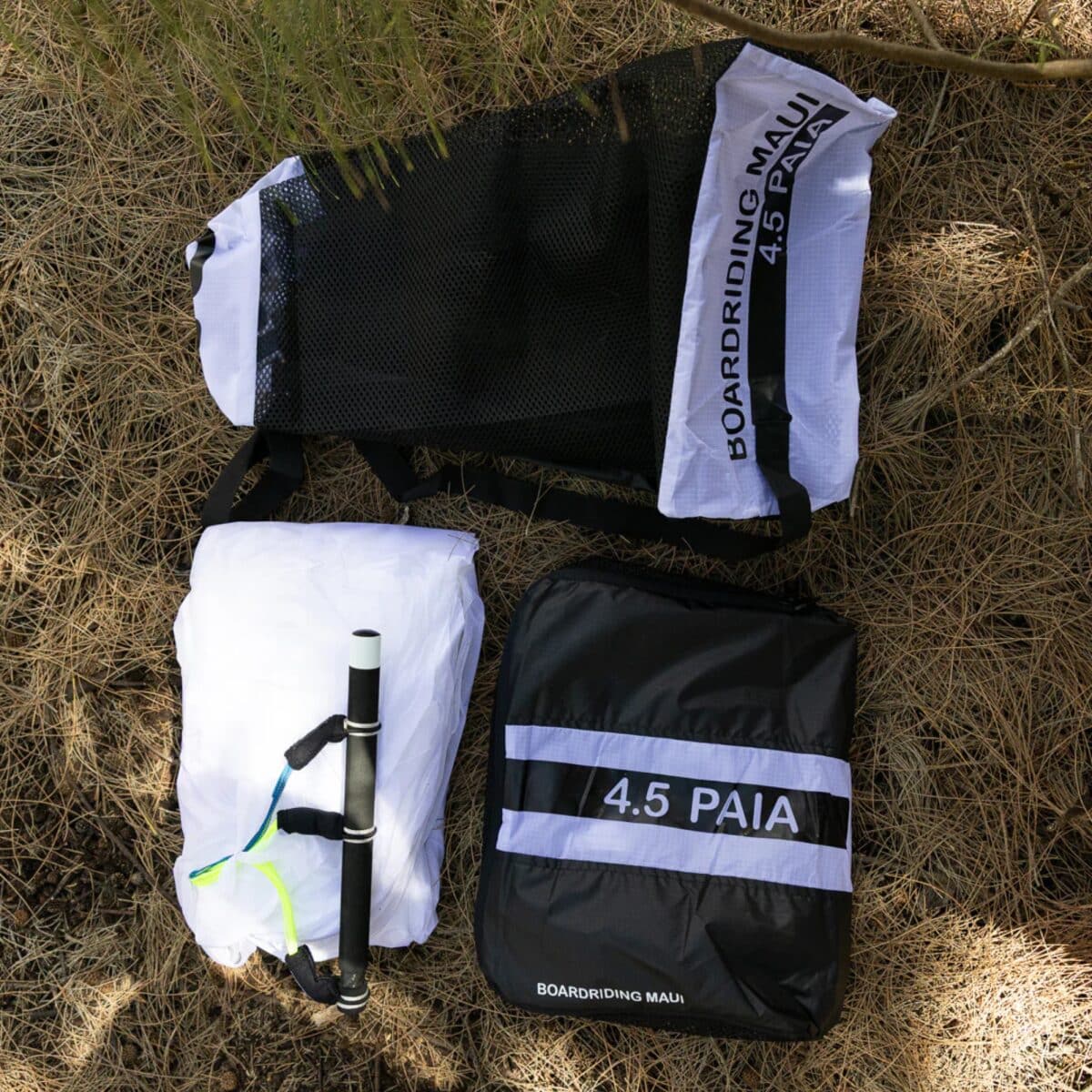
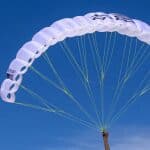
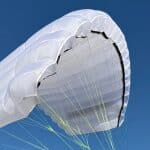
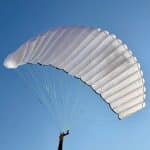
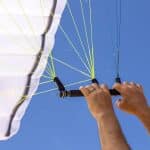
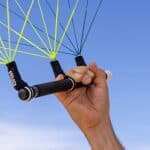
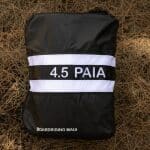
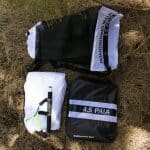
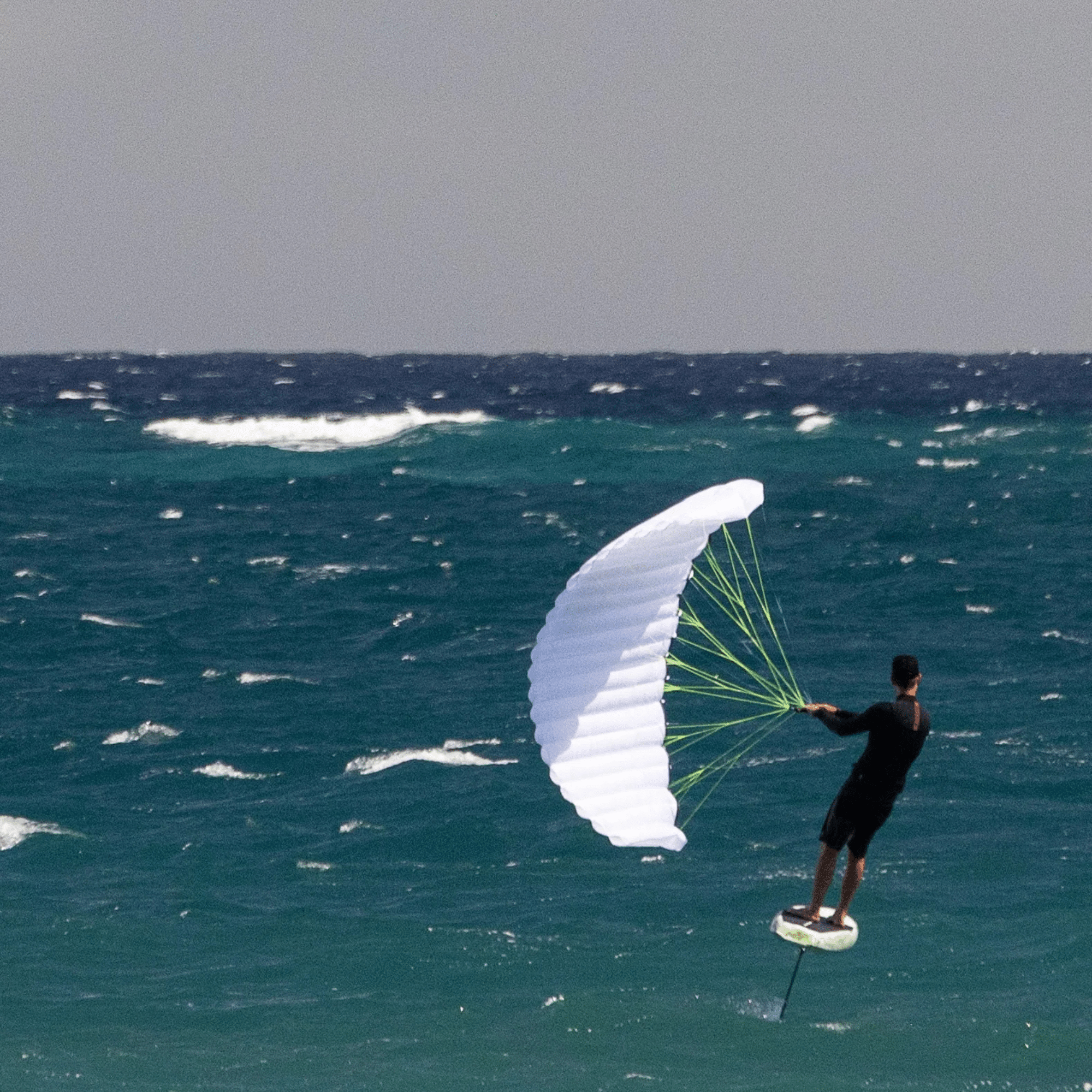
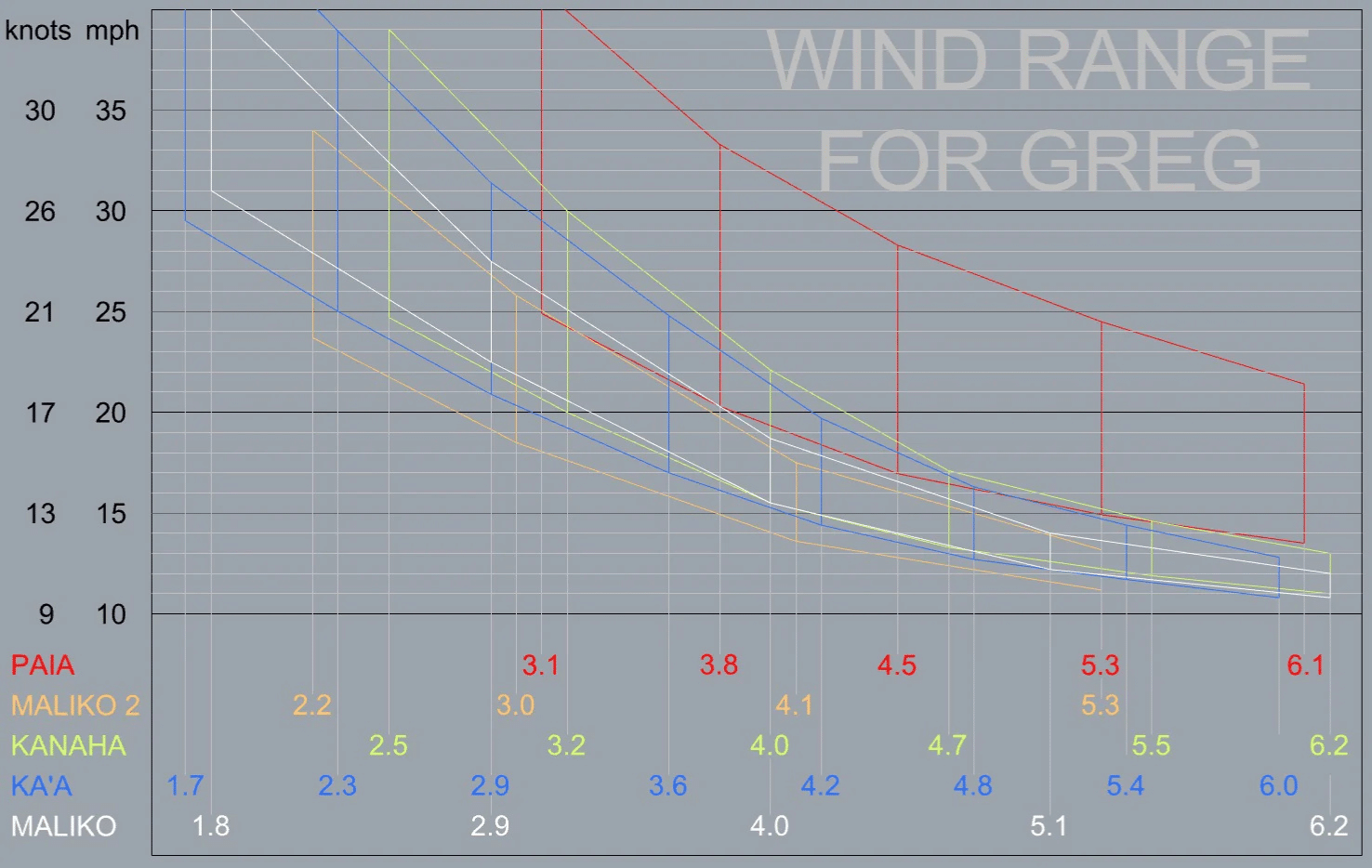




Reviews
There are no reviews yet.